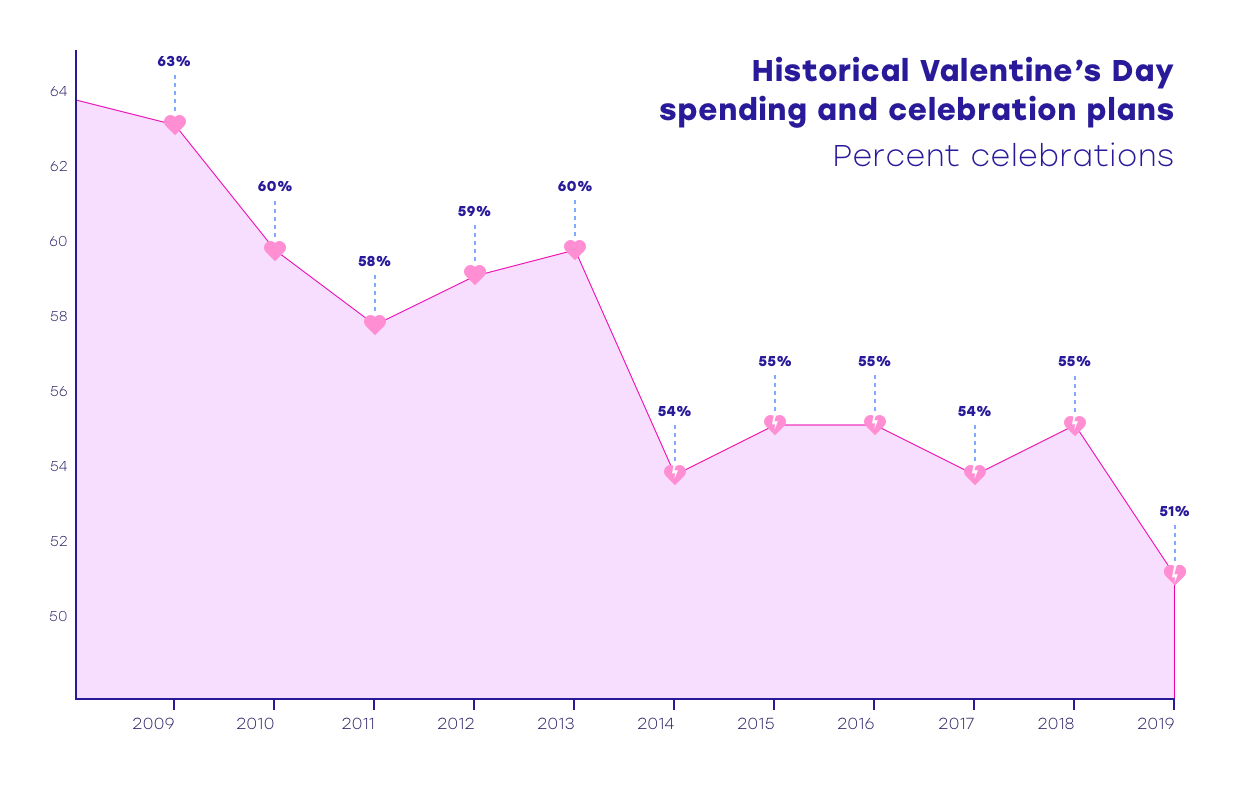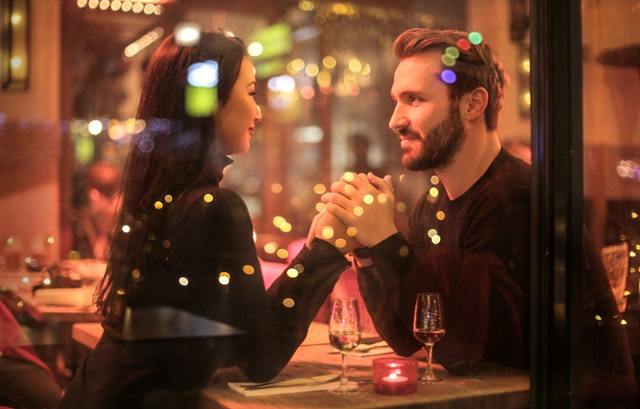Self-love is in the air!
Author: Hannah Fransen
Author: Hannah Fransen
It is almost Valentine’s Day again, a day dedicated to love and also the first big day for consumers at the start of the new year. This day was originally created around 1400 in a faraway corner of England. Here, young people living in the countryside drew straws to determine who was allowed to date whom that day and many of these couples stayed together forever. Romantic isn’t it? In the higher circles of nobility, this was different, and lovers would send love poems and gifts to each other. Over the years, this concept of sending letters and gifts anonymously has remained virtually the same. Despite the fact that many Dutch people find Valentine’s Day a commercial and social obligation, the figures do not lie. In the Netherlands we spend an average of 50,- per person on Valentine’s Day. This is purely for gifts for the other half, not taking into consideration the costs of meals and hotel stays. It is also true that men always spend more on women (perhaps out of fear). The woman is therefore sitting quite comfortably around this day and the traditions have remained virtually unchanged over the years. Nevertheless, this appears to be changing in the year 2020 as we compare figures of recent years.
*Source: NRF (National Retail Federation, 2019)

*Source: NRF (National Retail Federation, 2019)
The graph above shows the percentage of people celebrating Valentine’s Day as a couple. Looking at the figures, it appears that this percentage has fallen over the years from 63% to 51%. The exact reason for this is unknown, but is this really something negative? Because in addition to the couples who choose to celebrate Valentine’s Day together, there is also a group that also celebrates it but slightly differently, because they celebrate it with themselves: self-love is in the air!
More and more often consumers are choosing to celebrate Valentine’s Day with themselves rather than with another/ This under the heading of self-love, a wellness day or an anti-Valentine’s Day. The amount we spend on this treat-yo-self day has even tripled in the last two years (NRF, 2019). One reason for this development may be related to the rapid growth and rise of the self-love movement. This is a movement that is dominated by self-acceptance and where space is created for topics such as mental health, plus sized and the LGBTQ+ community. It is therefore not surprising that this philosophy and breaking of taboos is also reflected in a marketing-oriented day such as Valentine’s Day. It is also a great opportunity for brands to focus on the “single” group with Valentine’s Day instead of the standard couples. So how do brands approach this group of consumers?

*Source: NRF (National Retail Federation, 2019)
An original example of a brand that did its best too surprise bachelors was Ikea Groningen with the “free bachelor dinner”. Here, bachelors were allowed to sit for free at the table so that they could dine together and who knows, maybe they could go home with a +1.
In 2019, Burger King came up with a very playful idea, because they introduced a meal box. This box, which was available after 6 p.m., and on presentation of your ID, contained something different from the typical children’s toy that we expect in such a box: it contained intimate toys. After all, you have to tickle yourself if no one else does it for you! This box was also available for couples. Although, a trip through the drive-through won’t hurt, right?

Regardless of whether the actions of Ikea and Burger King were successful, these playful actions are again focused on the idea of bringing people to dating (or to get them under the sheets together). Because our society is simply obsessed and programmed to find “the one” and preferably as quickly as possible. This even though the self-love movement does not refer to that, it demands attention for learning to love yourself: then you are doing enough.
As this movement and “new” consumer groups are becoming larger and more popular with Valentine’s Day it is important to empower the individual. It is not the intention to sell a product or service where the final focus is again on finding your prince on the white horse or the perfect Fiona. However, what we should do, and other brands as well, is to try and be part of this movement to ensure that we do not get stuck in a rut.
Live, Love, Laugh
Ongeacht of de actie van Ikea en Burger King een succes waren zijn deze ludieke acties toch weer gericht op het idee van mensen aan het daten te brengen (of onder de lakens). Want onze maatschappij is nou eenmaal geobsedeerd en geprogrammeerd om ‘de ware’ te vinden en dan wel het liefst zo snel mogelijk. Dit terwijl de self-love beweging daar niet op doelt, waar zij juist aandacht vraagt voor het leren houden van jezelf; dan doe je al genoeg.
Wanneer deze beweging, en ‘nieuwe’ groep consumenten met Valentijn, steeds groter en populairder wordt is het belangrijk het individu in zijn of haar kracht te zetten. Het is dus niet de bedoeling een product of dienst te verkopen waarbij de uiteindelijke focus wéér ligt op het vinden van jouw prins op het witte paard of een fantastische Fiona. Wat we echter wel zouden moeten doen, en andere merken met ons, is proberen een onderdeel zijn van deze beweging om ervoor te zorgen dat we niet allemaal vastgeroest gaan zitten in een al te oud gedachtengoed.
